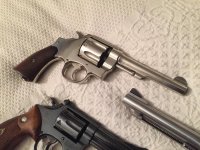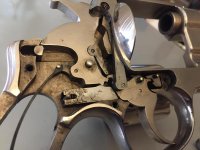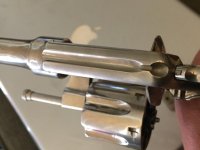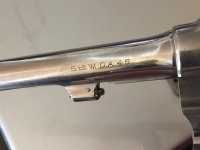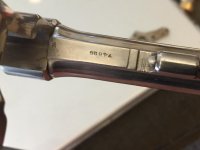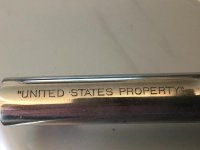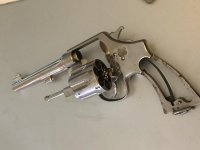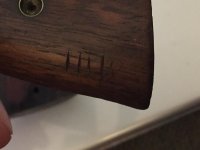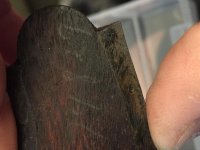I have a couple of Smith 1917s and a another pair of Colt 1917s...not to mention a shaved Webley MKVI. Not many pistols more fun to shoot than those big 45s. I would recommend that you investigate 'Rim-Z' plastic Moon Clips. Very easy to load and unload, and fit all the revolvers above.
Last edited:

